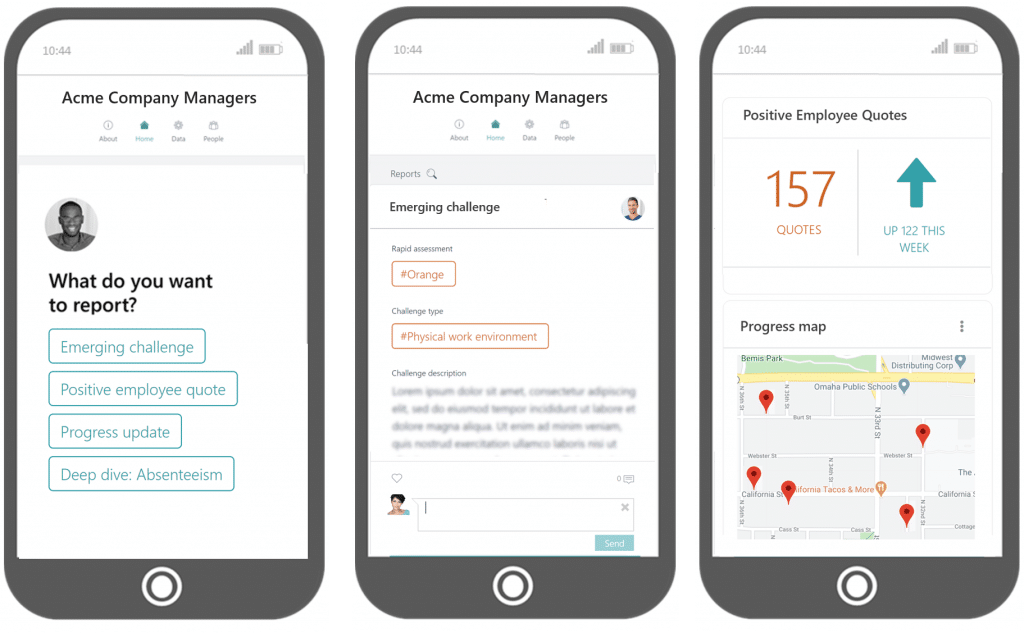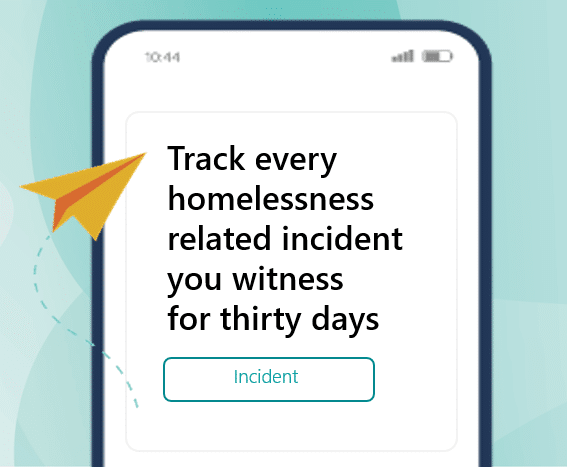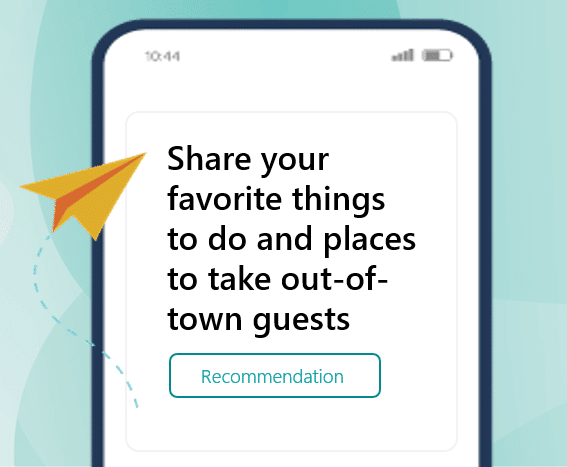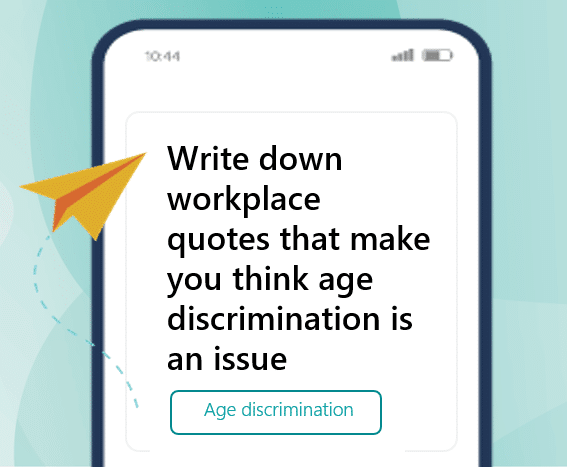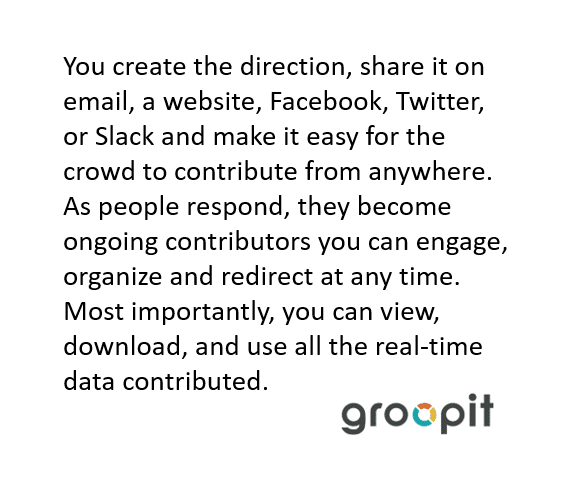The one constant across every crisis is unpredictability. The problems that will need to be solved tomorrow are unpredictable, the people who will solve them are unpredictable, and the time it will take is unpredictable. During a crisis, the nuances of the problems often outpace an organization’s ability to see, understand, and solve them. It is what causes organizations to fall victim to the problem at hand and fail. But this doesn’t have to be the case.
Let’s take the problem of getting people back to work in the wake of COVID-19. It may include a physical transformation of office or warehouse space to support social distancing, and process changes for remote work. As businesses reopen, employees are still dealing with fear and anxiety about going back to work. According to a living survey released by the HR consulting firm Mercer, 35% of employers said they are struggling with workers who are reluctant to return to the workplace due to fear. It’s a complex problem. Solving it requires tackling countless issues simultaneously at all levels of the organization. It involves a multitude of dependent and independent decision-makers. It takes working across boundaries – departments, functions, locations, and expertise over an extended period of time.
If you’re relying on a core group of leaders to get people back to work, they are probably working tirelessly and wrestling with their own exhaustion. At the same time, the nuances of the problems are changing faster than the company can move. This is because you’re facing a complex problem. Traditional strategies and technology slow everyone down and make progress harder than it needs to be.
An employee crowdsolving strategy will accelerate progress. To do this, it is critical to take in real-time information from employees closest to the problems at hand. Do not underestimate the power of these employees and the information they contribute, they are your extended team. Here are five steps your organization can take to incorporate crowdsolving to ensure a quick and efficient back to work plan:
1. Form an extended team of employees that includes every frontline manager. Once you’ve formed your extended team, establish a shared mission like “revamping how we work together” or “getting back to operating at full capacity” and bring every frontline manager together into a dedicated, mission-focused, online group.
2. Identify problems with real-time data. Ask frontline managers to listen to where the key frustration points lie from employees. Don’t make your team decide when to escalate an issue, write an email about it, or decide who needs to know about the issue. Instead, make it easy for the extended team to capture data about a problem as soon as it emerges – the type of problem, the location, and the urgency level.
3. Count progress on the frontlines. Don’t narrow your focus on the problems at hand. Ask frontline managers to determine what is working by surfacing positive employee quotes, a best practice, a redesigned business flow or, a reopening. By defining progress and asking people to report that progress consistently, the extended team will start to see what yields results – leveraging each other’s ideas and encouraging people to maintain momentum.
4. Make the data immediately visible. Don’t keep information behind-the-scenes sitting in a shared spreadsheet or survey results. Make data reported immediately visible while keeping confidential information private. This allows extended team members to learn in-the-moment, add their own observations and step up to help along the way. The aggregate data should be accessible to the leader so it can be used to inform overall business priorities, policies, and decisions.
5. Build a contribution habit among frontline managers. As the work environment evolves, leaders will want to accelerate their understanding across different topics. Don’t create a new process. Instead, reinforce the habit and ask frontline managers to do a deep dive into the topics and contribute real-time data to get instant answers.
These steps can be seamlessly implemented with crowdsolving software. By leveraging an extended team of frontline managers and real-time data, companies can move faster than the problems they are solving. Whether you are trying to get people back to work or accelerate business continuity, you can use crowdsolving to make progress in your company. After the pandemic, that same capability will allow your organization to bring your biggest ideas to life and solve its most complex problems – working as an extended team. You’re equipping the extended team with a new capability that can be turned into a competitive advantage.
To get your frontline managers crowdsolving, start a Groopit designed specifically for the scenario we’ve described above. Click here to see an example and start a Groopit instantly.
